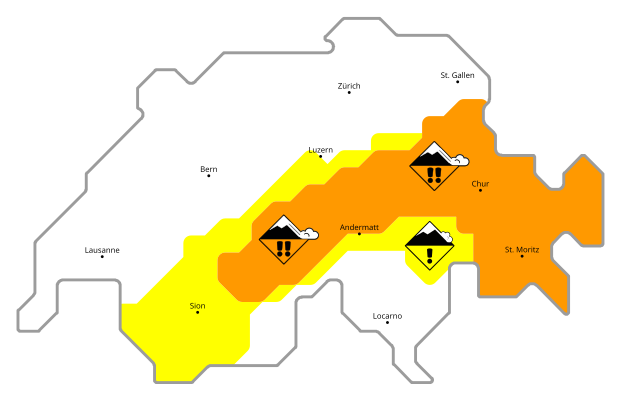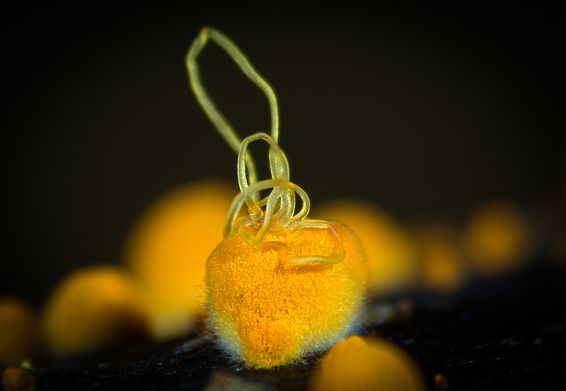22.03.2021 | Université de Neuchâtel/WSL | News WSL
Thanks to a study of the entire genetic material (genome) of a dangerous chestnut pathogen, biologists from the University of Neuchâtel and the Swiss Federal Institute for Forest, Snow and Landscape Research WSL have helped to better understand how invasive organisms can spread. Their work has just been published in the scientific journal eLife.
The flagship tree of Ticino and the Mediterranean region has been the victim of a severe plague for several decades: chestnut bark canker, caused by fungus Cryphonectria parasitica.
“The story began in the United States in the early 20th century," says Daniel Croll, director of the Laboratory of Evolutionary Genetics at the University of Neuchâtel and lead author of the study. Within a few decades, this pathogen, which originated in Asia, decimated almost 100% of the chestnut trees on the American continent, as evidenced by many contemporary photos".
In the middle of the 20th century, the pathogen spread to Europe. Affecting northern Italy, it spread across central Europe and the Mediterranean area, including Switzerland. In only a few decades, the pathogen covered a distance of several thousand kilometers.
By studying the genetics of the pathogen, scientists have highlighted two particularities to explain its expansion. For her doctoral thesis at WSL, Lea Stauber sequenced and analysed 230 genomes of the predominant European strains. "We came to the conclusion that the disease was able to spread thanks to the so-called 'bridgehead effect'," explains Stauber. In the "bridgehead", the fungal strains can establish themselves and diversify. It forms a kind of base camp for the further spread of the fungus. For example, the origin of chestnut blight in the Mediterranean region and in south-eastern Europe can be traced back to such a bridgehead in northern Italy.
Moreover, upon arriving in Europe, the pathogen relied on asexual reproduction, i.e. the ability to reproduce with itself (this is possible in fungi), rather than wasting energy seeking other individuals to multiply.
But this may also be its flaw. The pathogen has a natural enemy that reduces its pathogenicity: a virus. This virus spreads best in asexual (clonal) populations of chestnut blight. This virus, which only attacks the fungus, has been used to combat the destructive disease biologically since the 1960s.
Publications
Copyright
WSL and SLF provide the artwork for imaging of press articles relating to this media release for free. Transferring and saving the images in image databases and saving of images by third parties is not allowed.

